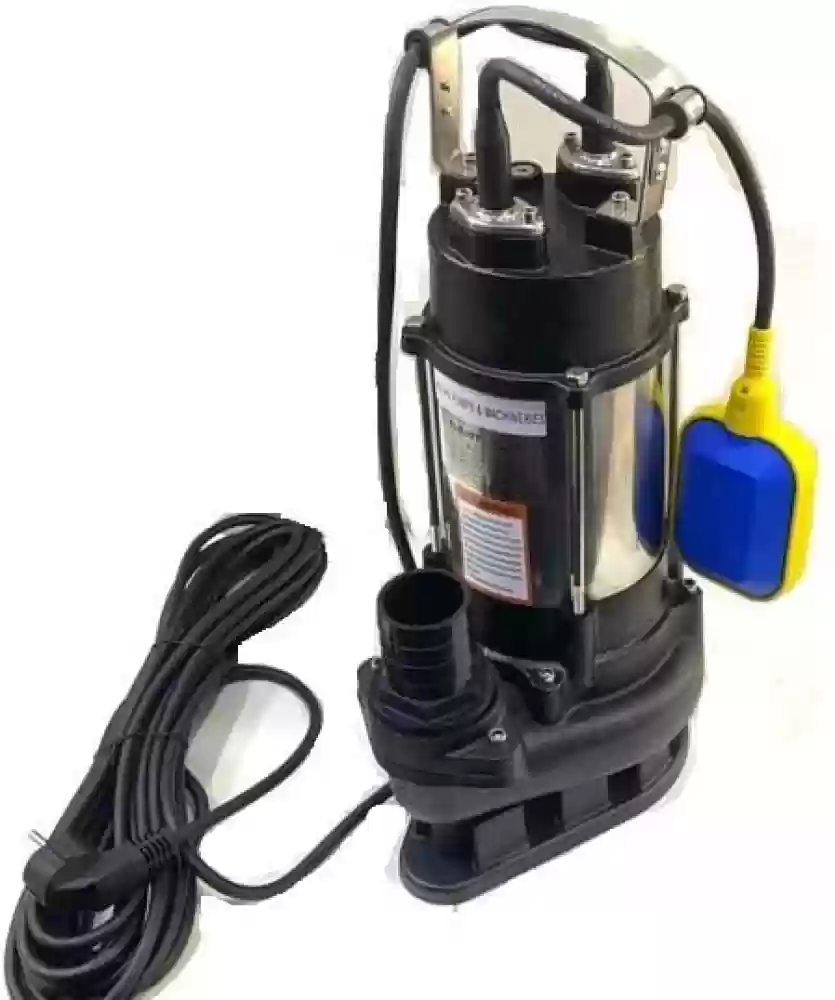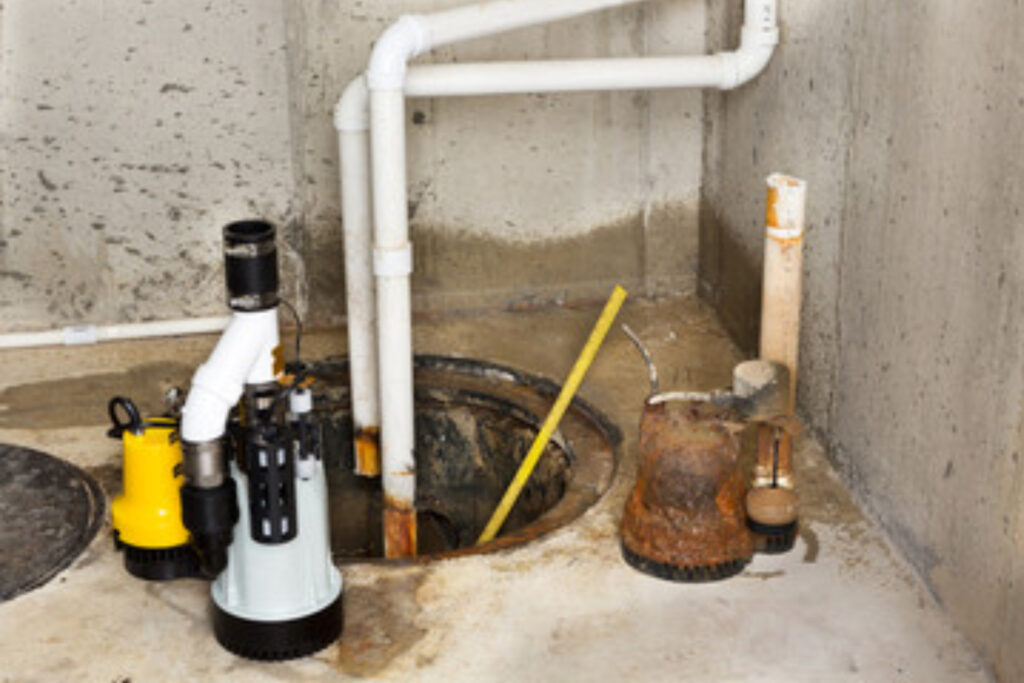Highly-Rated Techniques for Servicing a Sump Pump
Highly-Rated Techniques for Servicing a Sump Pump
Blog Article
Were you trying to find advise about How to Care for Your Sump Pump?

Sump pumps are vital elements in several homes, specifically in areas prone to flooding or extreme moisture. They assist prevent water damages by efficiently removing excess water from cellars or crawl spaces. Nevertheless, like any other appliance, sump pumps need normal maintenance to guarantee they operate efficiently when required one of the most. Cleaning your sump pump is an essential part of its maintenance, and comprehending just how to do it appropriately can conserve you from expensive fixings and potential catastrophes.
Intro
Maintaining a tidy sump pump is crucial for its correct performance and longevity. Overlooking this essential job can result in clogs, breakdowns, and eventually, water damage to your property. Consequently, discovering how to clean a sump pump is important for property owners who rely on these tools to maintain their cellars dry and secured.
Indications of a Dirty Sump Pump
Knowing when your sump pump needs cleaning is crucial for protecting against prospective malfunctions. Some typical indications that suggest a dirty sump pump consist of unusual sounds during operation, lowered water flow, and visible particles in the pit. If you notice any one of these symptoms, it's vital to clean your sump pump immediately to prevent any type of additional issues.
Preparing for Cleansing
Before you start cleaning your sump pump, it's important to take some security precautions. Begin by shutting off the power to the pump to stay clear of any type of electrical crashes. Furthermore, put on proper safety equipment, such as handwear covers and goggles, to shield on your own from dirt, debris, and prospective pathogens.
Recognizing the Sump Pump
Prior to diving into the cleansing procedure, it's important to have a basic understanding of how a sump pump works. Commonly set up in a pit or container below the basement flooring, a sump pump includes a number of crucial elements, consisting of a pump, a float switch, and a discharge pipe. When water accumulates in the pit, the float button activates the pump, which after that pumps the water out through the discharge pipeline, away from the building's structure.
Step-by-step Guide to Cleansing a Sump Pump
Shutting down the Power
Begin by detaching the power supply to the sump pump to stop any mishaps while cleansing.
Looking For Correct Functioning
Prior to reinstalling the pump, perform a fast test to make sure that the float button turns on the pump properly. Pour some water into the sump pit and observe the pump's procedure. If every little thing is working appropriately, you can rebuild the pump and reconnect the power supply.
Getting Rid Of Particles and Dirt
Utilize a bucket or an inside story to get rid of any type of noticeable particles, dust, or sediment from the sump pit. Dispose of the particles properly to stop it from clogging the pump or the discharge pipeline.
Cleaning the Pump and Drift Switch
As soon as the pit is clear of debris, very carefully eliminate the pump from the pit. Check the pump and the float button for any kind of indications of damages or wear. Use a soft brush or towel to clean the surfaces and get rid of any type of collected grime.
Flushing the System
After cleansing the pump and float button, purge the sump pit with tidy water to remove any continuing to be dirt or debris. This will certainly assist ensure that the pump operates efficiently and efficiently.
Upkeep Tips to Maintain Your Sump Pump Clean
Along with regular cleaning, there are numerous upkeep pointers you can follow to keep your sump pump in optimum condition:
Final thought
Cleaning your sump pump is a crucial element of its maintenance and guarantees that it operates efficiently when you require it one of the most. By adhering to the steps described in this guide and including routine upkeep into your regimen, you can prolong the lifespan of your sump pump and shield your home from water damage.
6 STEPS ON HOW TO CLEAN A SUMP PUMP PROPERLY
UNDERSTANDING SUMP PUMPS
Your sump pump plays a crucial role in protecting your home by managing and removing excess water. It primarily functions as a “shield”, guarding your basement against the damaging effects of water accumulation. The pump is housed in a sump pit in the lowest part of your basement, and its job is to pump out any water that collects there.
During heavy rainfalls or when snow melts rapidly, water can infiltrate your basement, posing potential risks like flooding, structural damage, and harmful mold growth. Here, the sump pump springs into action, pumping out the intruding water and directing it away from your home.
SAFETY FIRST
Before cleaning, remember to prioritize safety. Disconnect the sump pump from the power source to prevent any accidental electric shocks. Also, wear sturdy gloves to protect your hands from any sharp or dirty components within the pump.
REMOVE THE SUMP PUMP
After ensuring your safety, the next step is to remove the sump pump from its pit. Doing this might require careful maneuvering as you don’t want to damage any pump components. Once removed, clean the sump pit to remove any accumulated debris or sludge.
INSPECT THE PUMP
Inspect the pump for any visible signs of wear or damage. Check the power cord, float switch, and impeller housing. If any components look worn out or damaged, consider replacing them to ensure optimal performance.
CLEAN THE PUMP
Thoroughly clean the pump with warm, soapy water. Make sure to rid it of any dirt, gravel, or other debris that might impede its performance. You can use a toothbrush to clean the small, hard-to-reach parts of the pump.
REINSTALL THE SUMP PUMP
Reinstall the pump into the sump pit Make sure it’s positioned correctly to remove the water effectively Once it’s back in place, reconnect it to the power source TEST THE PUMP
Finally, pour some water into the pit to ensure the pump works correctly. It should start automatically and begin pumping out the water; if it doesn’t, check the power source and the positioning of the pump.
Remember, while cleaning your sump pump is an essential part of home maintenance, hiring a professional plumber for a thorough inspection and cleaning at least once a year is also important. This will ensure that your pump is in optimal condition, ready to protect your home from potential water damage.
BEST PRACTICES FOR CLEANING SUMP PUMP DISCHARGE PIPES
Regular Inspection: Regularly inspect your discharge pipes, especially during heavy rainfall or snowmelt periods. Look for any signs of blockage or damage. Early detection of problems can prevent serious issues down the line. Periodic Cleaning: Over time, sediment and debris can accumulate in the discharge pipes, impeding the flow of water. Regular cleaning helps keep the pipes clear and functioning efficiently. You can use a high-pressure water jet to effectively clean the pipes. Insulation During Winter: In colder climates, discharge pipes can freeze, blocking the outflow of water. Protect your discharge pipes from freezing temperatures by insulating them with foam pipe insulation. This will ensure the sump pump can continue to discharge water even in freezing conditions. Proper Positioning: The discharge pipe should be positioned to direct water away from your home’s foundation. Improper positioning can lead to water seeping back into the basement. Ensure the pipe is long enough and angled correctly. Installation of a Check Valve: A check valve prevents water from flowing back into your sump pit after the pump has pushed it out. Installing a check valve helps maintain the efficiency of your sump pump and reduces the risk of flooding. Minimize Pipe Turns: Every curve or turn in the discharge pipe can decrease the efficiency of water flow. By minimizing turns and bends in your discharge pipe, you can increase the efficiency of your sump pump. https://www.fullspeedplumbing.com/how-to-clean-a-sump-pump-properly9999/

Hopefully you enjoyed reading our piece about Cleaning & Maintenance Tips for Your Home's Sump Pump. Thank you for taking a few minutes to read through our piece of content. Feel free to pause to share this entry if you liked it. Thank you so much for your time invested reading it.
Call Today Report this page